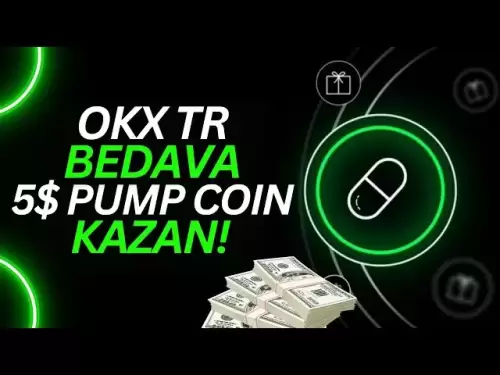-
 Bitcoin
Bitcoin $117400
-0.46% -
 Ethereum
Ethereum $3768
0.60% -
 XRP
XRP $3.551
2.09% -
 Tether USDt
Tether USDt $1.000
0.00% -
 Solana
Solana $203.2
11.30% -
 BNB
BNB $770.9
1.92% -
 USDC
USDC $0.9999
0.01% -
 Dogecoin
Dogecoin $0.2709
-0.02% -
 Cardano
Cardano $0.9024
4.49% -
 TRON
TRON $0.3139
0.60% -
 Hyperliquid
Hyperliquid $45.60
-1.41% -
 Stellar
Stellar $0.4730
-1.34% -
 Sui
Sui $4.025
2.15% -
 Chainlink
Chainlink $19.79
2.19% -
 Hedera
Hedera $0.2724
-2.39% -
 Avalanche
Avalanche $25.93
3.05% -
 Bitcoin Cash
Bitcoin Cash $524.0
-1.83% -
 Shiba Inu
Shiba Inu $0.00001558
0.50% -
 Litecoin
Litecoin $116.7
-0.30% -
 UNUS SED LEO
UNUS SED LEO $8.996
0.00% -
 Toncoin
Toncoin $3.334
1.83% -
 Polkadot
Polkadot $4.506
0.34% -
 Uniswap
Uniswap $10.99
4.83% -
 Ethena USDe
Ethena USDe $1.001
0.03% -
 Pepe
Pepe $0.00001461
3.17% -
 Monero
Monero $320.3
-1.01% -
 Bitget Token
Bitget Token $4.935
0.36% -
 Dai
Dai $0.9998
0.00% -
 Aave
Aave $322.4
-1.25% -
 Bittensor
Bittensor $455.6
9.33%
What is the funding rate in perpetual swaps?
Perpetual swaps use funding rates to align contract prices with spot markets, where longs and shorts pay each other based on price deviations.
Jul 14, 2025 at 05:14 am
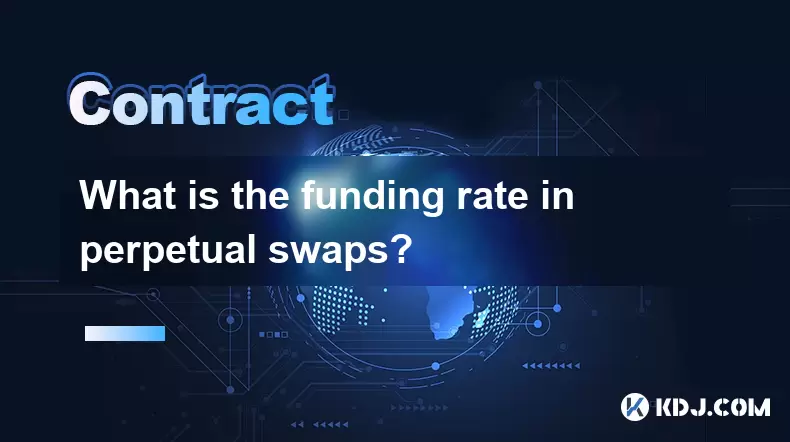
Understanding the Basics of Perpetual Swaps
Perpetual swaps are a type of derivative contract commonly used in cryptocurrency trading. Unlike traditional futures contracts, perpetual swaps do not have an expiration date, allowing traders to hold positions indefinitely. This unique feature makes them particularly popular among crypto traders who want to speculate on price movements without owning the underlying asset. However, to maintain alignment with the spot market price, perpetual swaps employ a mechanism known as the funding rate.
The funding rate is a periodic payment made between long and short traders based on the difference between the perpetual contract's price and the index price of the underlying asset. When the contract trades above the index price, longs pay shorts; when it trades below, shorts pay longs. This system encourages price convergence with the spot market and discourages prolonged manipulation.
How Funding Rates Are Calculated
Funding rates are typically calculated using two components: the interest rate differential and the premium component. The interest rate portion reflects the cost of capital, often tied to the risk-free rate or prevailing funding costs. In most crypto exchanges, this value is standardized and relatively small compared to the premium component.
The premium component fluctuates depending on how much the perpetual contract’s price deviates from the index price. If there's heavy demand for long positions pushing the contract price higher than the index, the premium increases. Conversely, if short pressure causes the contract to trade lower, the premium becomes negative. Exchanges usually publish upcoming funding rates every 8 hours, and payments are settled in the base currency of the contract.
- Exchanges calculate the average premium over a set period.
- The interest rate is added to this average to determine the final rate.
- Rates are capped to prevent extreme volatility in funding payments.
When and How Funding Payments Occur
Funding payments occur at regular intervals, typically every 8 hours. Traders who hold positions past the designated funding timestamps will either pay or receive funds based on the current rate. It's important to note that if you close your position before the funding time, you avoid paying or receiving funding fees.
To illustrate, suppose the funding rate is 0.01%. A trader holding a $10,000 long position would owe $1 to the opposing side (short traders). If the rate were -0.01%, the same trader would receive $1 from the shorts. These amounts might seem small, but they can accumulate significantly over time, especially for leveraged positions.
- Funding occurs three times per day: UTC 00:00, 08:00, and 16:00.
- Only open positions at those exact times are subject to funding.
- Fees are automatically deducted or credited by the exchange.
Impact of Funding Rates on Trading Strategy
Traders must factor in funding rates when planning their strategies, especially for medium- to long-term positions. High positive funding rates indicate strong bullish sentiment, which may signal potential reversals or corrections. Conversely, negative funding rates suggest bearish dominance, possibly indicating downward pressure on price.
Some experienced traders use funding rates as a contrarian indicator. For instance, if the funding rate spikes to unusually high levels, it may mean that too many traders are positioned on one side, increasing the likelihood of a liquidation cascade. Monitoring these trends helps traders anticipate market shifts and adjust their exposure accordingly.
- High funding rates can signal overleveraged markets.
- Traders can hedge against funding costs using other derivatives.
- Daily checks of funding rates help in managing overnight positions.
Examples of Funding Rate Behavior Across Major Exchanges
Different exchanges handle funding rates slightly differently. For example, Binance and Bybit both update their funding rates every 8 hours and publish upcoming values in advance. BitMEX, one of the earliest adopters of perpetual contracts, also follows a similar model but historically had more volatile funding rates due to its large leverage offerings.
On the other hand, OKX and Huobi incorporate a clamp mechanism to limit extreme funding rate fluctuations. This prevents sudden and excessive charges during periods of high volatility. Understanding these nuances allows traders to choose platforms that align with their trading style and risk tolerance.
- Binance displays the next funding rate ahead of time for transparency.
- Bybit offers a funding calculator to estimate future costs.
- BitMEX uses a more aggressive funding model for rapid price convergence.
Frequently Asked Questions
Q: Can I avoid paying funding fees?
Yes, by closing your position before the scheduled funding timestamp—typically at UTC 00:00, 08:00, or 16:00—you can avoid being charged or receiving any funding payments.
Q: Do all perpetual swap markets have funding rates?
Yes, all major perpetual swap markets implement funding rates to ensure that contract prices remain closely aligned with the spot price of the underlying asset.
Q: Are funding rates always positive?
No, funding rates can be either positive or negative. A positive rate means longs pay shorts, while a negative rate means shorts pay longs.
Q: How do funding rates affect arbitrage opportunities?
Funding rates play a crucial role in arbitrage strategies between perpetual contracts and spot markets. Traders can exploit mispricings by taking offsetting positions while collecting or minimizing funding costs.
Disclaimer:info@kdj.com
The information provided is not trading advice. kdj.com does not assume any responsibility for any investments made based on the information provided in this article. Cryptocurrencies are highly volatile and it is highly recommended that you invest with caution after thorough research!
If you believe that the content used on this website infringes your copyright, please contact us immediately (info@kdj.com) and we will delete it promptly.
- Bitcoin, Trump Media, and a Stock Boost: A New York Minute on Crypto & Politics
- 2025-07-22 15:30:12
- Solana Ecosystem Tokens Surge: Riding the Wave to New Highs?
- 2025-07-22 15:30:12
- Bitcoin, Render Token, and Resistance Levels: A New Yorker's Take
- 2025-07-22 15:50:12
- MoonBull's Whitelist Mania: Your Last Shot at 100x Crypto Gains?
- 2025-07-22 10:30:12
- Meme Coins in 2025: Explosive Gains or Fading Fad?
- 2025-07-22 10:30:12
- Kim Keon-hee Crypto Probe: Scandal Rocks South Korea's Political Scene
- 2025-07-22 10:50:12
Related knowledge
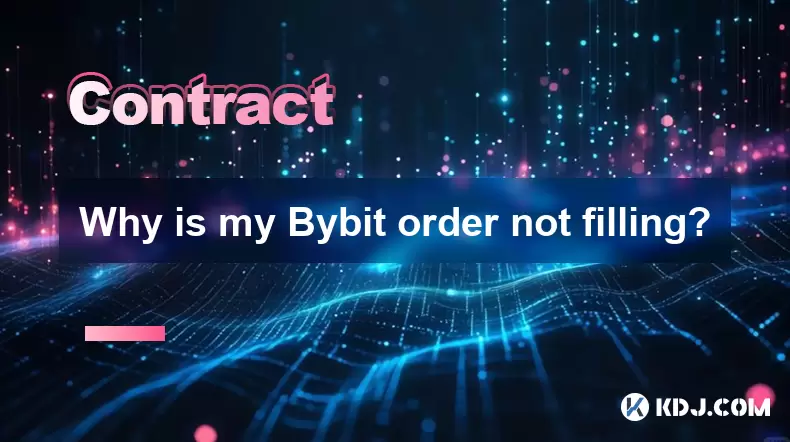
Why is my Bybit order not filling?
Jul 22,2025 at 03:50pm
Understanding Order Types on BybitWhen your Bybit order isn’t filling, the first step is to verify the order type you selected. Bybit offers several t...
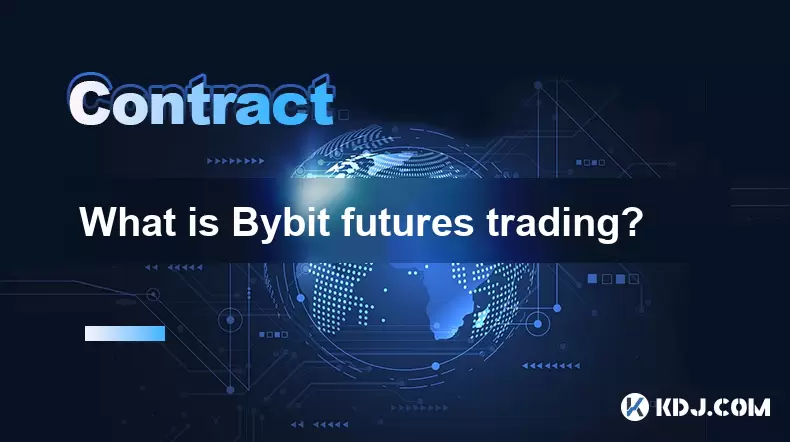
What is Bybit futures trading?
Jul 22,2025 at 04:14pm
Understanding Bybit Futures TradingBybit futures trading refers to the process of buying and selling futures contracts on the Bybit exchange, a platfo...
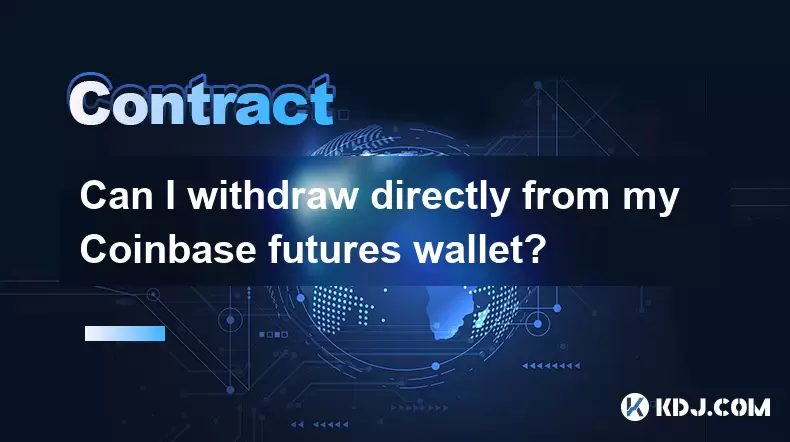
Can I withdraw directly from my Coinbase futures wallet?
Jul 22,2025 at 02:14pm
Understanding Coinbase Futures WalletsCoinbase does not currently offer a dedicated futures wallet within its standard Coinbase app or platform. Futur...

Is Coinbase futures available in Canada?
Jul 22,2025 at 02:57pm
Understanding Coinbase Futures and Their AvailabilityCoinbase Futures refers to the financial instruments offered on Coinbase’s derivatives trading pl...
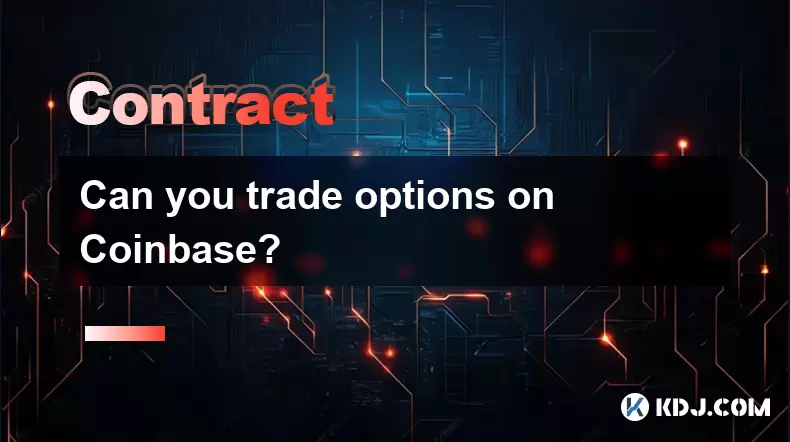
Can you trade options on Coinbase?
Jul 22,2025 at 03:42pm
Understanding Options TradingOptions trading involves contracts that give the buyer the right—but not the obligation—to buy or sell an asset at a pred...
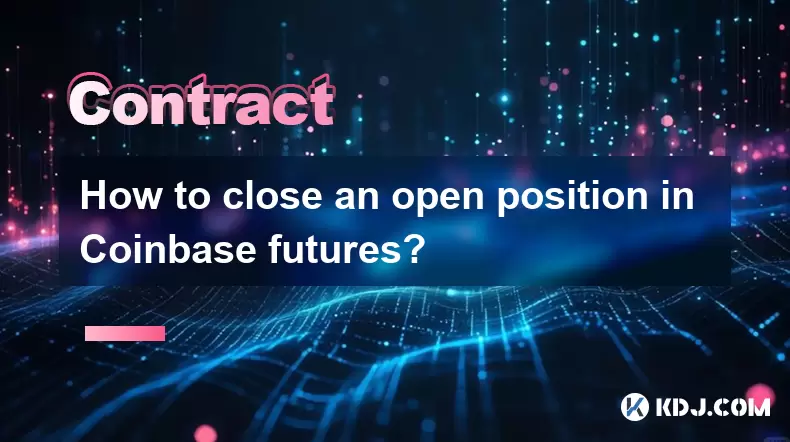
How to close an open position in Coinbase futures?
Jul 22,2025 at 03:00pm
Understanding Open Positions in Coinbase FuturesWhen trading futures on Coinbase, an open position refers to a trade that has been initiated but not y...

Why is my Bybit order not filling?
Jul 22,2025 at 03:50pm
Understanding Order Types on BybitWhen your Bybit order isn’t filling, the first step is to verify the order type you selected. Bybit offers several t...

What is Bybit futures trading?
Jul 22,2025 at 04:14pm
Understanding Bybit Futures TradingBybit futures trading refers to the process of buying and selling futures contracts on the Bybit exchange, a platfo...

Can I withdraw directly from my Coinbase futures wallet?
Jul 22,2025 at 02:14pm
Understanding Coinbase Futures WalletsCoinbase does not currently offer a dedicated futures wallet within its standard Coinbase app or platform. Futur...

Is Coinbase futures available in Canada?
Jul 22,2025 at 02:57pm
Understanding Coinbase Futures and Their AvailabilityCoinbase Futures refers to the financial instruments offered on Coinbase’s derivatives trading pl...

Can you trade options on Coinbase?
Jul 22,2025 at 03:42pm
Understanding Options TradingOptions trading involves contracts that give the buyer the right—but not the obligation—to buy or sell an asset at a pred...

How to close an open position in Coinbase futures?
Jul 22,2025 at 03:00pm
Understanding Open Positions in Coinbase FuturesWhen trading futures on Coinbase, an open position refers to a trade that has been initiated but not y...
See all articles

























